M
I
C
R
O
S
T
O
R
Y
O
F
A
R
T
........................................................

NOW COMPLETED:

........................................................
MICROSTORY OF ART
ONLINE JOURNAL FOR ART, CONNOISSEURSHIP
AND CULTURAL JOURNALISM
........................................................
INDEX | PINBOARD | MICROSTORIES |
FEATURES | SPECIAL EDITIONS |
HISTORY AND THEORY OF ATTRIBUTION |
ETHNOGRAPHY OF CONNOISSEURSHIP |
SEARCH
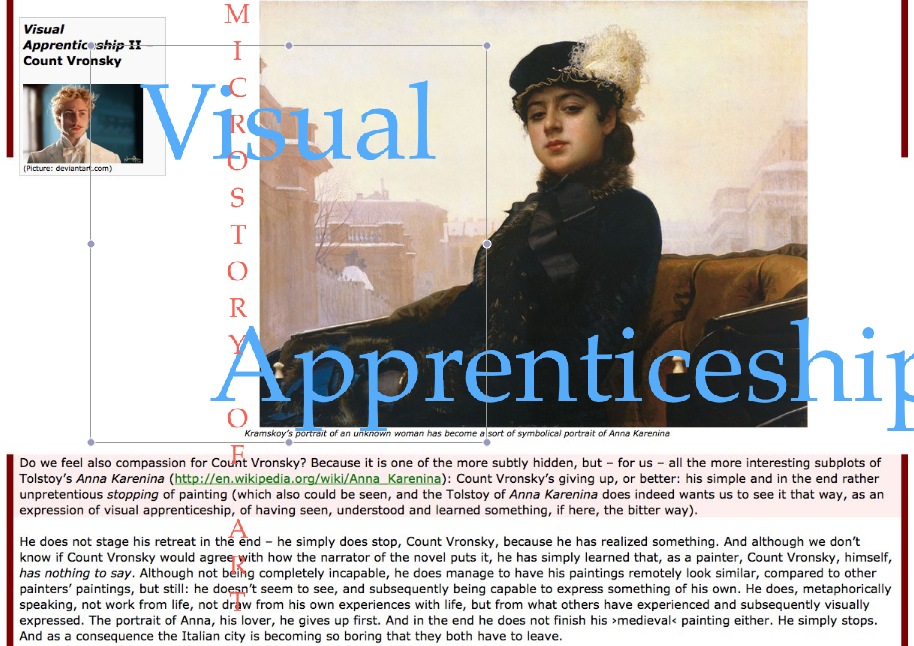
........................................................



 >MICROSTORIES
>MICROSTORIES
- Richard Serra
- Martin Scorsese
- Claude Simon
- Sunshine
- Werner Herzog
- The Creation
- Marcel Duchamp
- Nino Rota
- Wölfflin and Woolf
- Hansjörg Schneider
- Kraftort Arkadien
- Visual Biography
- Schlaraffenleben
- Die Geisteswissenschaften
- The Voyeur
- Buzzword Sustainability
- Paul Verlaine
- Tao Yuanming
- New Beginning
- Seneca
- Still Lifes
- Charles Baudelaire
- Frédéric Chopin
- The Art History of Sustainability
- Wang Wei
- Solarpunk
- Historians of Light
- Lepanto
- Renaturalization
- Plates
- Snow in Provence
- Learning to See
- Picasso Dictionaries
- Peach Blossom Spring
- Picasso Tourism
- Tipping Points
- Sviatoslav Richter
- Weather Reports
- Treasure Hunt
- Another Snowscape in Picasso
- Picasso in 2023
- Dragon Veins
- The Gloomy Day
- The Art of the Pentimento
- Reforestation
- The Status of Painting
- Emergency Supply
- Punctuality
- Watching Traffic
- Zhong Kui
- How Painting Survived the 1990s
- Confirmation Bias
- Sustainability and Luxury
- Garage Bands
- Picasso and Artificial Intelligence
- Eyes of Tomorrow
- Picasso in 2023 2
- Gluing Oneself to Something
- Suburbia
- Bamboo
- Sustainability and Carpe Diem 1
- Interviews with Bruegel
- Sustainability and Carpe Diem 2
- Coffee & Sugar
- Bamboo 2
- Picasso in 2023 3
- Sustainability and Carpe Diem 3
- Cherry Orchard
- Old Magazines
- Chance
- Nick Drake
- Harlequin
- The Smartphone & the Art Book
- Atlas Syndrome
- The Kitchen
- Atlas Syndrome 2
- Consideration
- Tori Amos
- School
- Orchard Auctioning Day
- The Hundred Years’ War
- Sócrates
- Chameleon
- Nefertiti Bust
- Picasso as a Computer
- Sunflowers
- Philemon & Baucis
- Ode to the Radio
- Childhood
- Wimmelbild
- Restitution
- Nick Drake 2
- Wishful Thinking
- Sundays
- The Independent Scholar
- September
- The Fisherman by Pirosmani
- Microadventure
- Sociology
- Salvator Mundi
- Chillon
- Appassionata
- Amber
- Homer
- Berlin
- Planet Walk
- Improvisation
- Seeing Picasso
- These Nice Kids
- Robber
- The One
- The Sea Turtle
- Zoo
- Through the Hush
- Wunderkammer
- I Do Not Seek, I Find
- Shopping Mall
- Food Hamper
- The Secretary
- This Gate
- Nor Rainy Day
- House on a Hill
- Beautiful Island
- Second-hand Bookstore
- Flat
- Slap in the Face
- Serra, Wenkenpark
- Apologies
- The Bells
- Nordmann Fir
- Picasso Wanting To Be Poor
- Picasso, Pirosmani
- A Brief History of Sculpture
- 24 Sunsets
- Rusty Phoenix
- Glove
- Wintry Stanza
- A Song
- Like A Beatle
- Catching An Orange
- Solar Bees
- Permaculture

 >FEATURES
>FEATURES
- Van Gogh On Connoisseurship
- Two Museum’s Men
- Ende Pintrix and the City in Flames
- Titian, Leonardo and the Blue Hour
- The Man with the Golden Helmet: a documentation
- Un Jury d’admission à l’expertise
- Learning to See in Hitler’s Munich
- Leonardo da Vinci and Switzerland
- The Blue Hour Continued
- The Blue Hour in Louis Malle
- Kafka in the Blue Hour
- Blue Matisse
- Blue Hours of Hamburg and LA
- A Brief History of the Cranberry
- The Other Liberale in the House
- The Blue Hour in Raphael
- Who Did Invent the Blue Hour?
- Monet on Sustainability
- Velázquez and Sustainability
- The Blue Hour in Guillaume Apollinaire
- Van Gogh on Sustainability
- The Blue Hour in Marcel Proust
- Picasso and Sustainability
- The Contemporary Blue Hour
- The Blue Hour in 1492
- The Blue Hour in Hopper and Rothko
- Hopper and Sustainability
- The Blue Hour in Ecotopia
- The Hour Blue in Joan Mitchell
- Explaining the Twilight
- The Twilight of Thaw
- The Blue Hour in Pierre Bonnard
- Explaining the Twilight 2
- Picasso on Stalin
- Rubens on Sustainability
- The Salvator Mundi in Bruegel and Rubens
- The Blue Hour in Leonardo da Vinci and Poussin
- The Blue Hour in Rimbaud
- Faking the Dawn
- Frost and Thaw in Ilya Ehrenburg
- Picasso, Stalin, Beria
- Picasso, Solzhenitsyn and the Gulag
- Shostakovich on Picasso
- Hélène Parmelin in 1956
- Historians of Picasso Blue
- Picasso Travelling to Moscow 1
- The Blue Hour in Caravaggio
- Picasso Travelling to Moscow 2
- Picasso, the Knife Game and the Unsettling in Art
- Some Notes on Leonardo da Vinci and Slavery
- Picasso Moving to the Swiss Goldcoast
- The Blue Hour in Camus
- The Blue Hour in Symbolism and Surrealism
- Caspar David Friedrich in His Element
- Exhibiting the Northern Light
- Caspar David Friedrich in His Element 2
- Robert Schumann and the History of the Nocturne
- The Blue Hour in Robert Schumann
- Caspar David Friedrich and Sustainability
- The Twilight of Thaw 2
- Multicultural Twilight
- The Blue Hour in Anton Chekhov
- The Blue Hour in Medieval Art
- Twilight Photography
- The Blue Hour in Bob Dylan
- Iconography of Optimism

 >SPECIAL EDITIONS
>SPECIAL EDITIONS
- Visions of Cosmopolis
- Mona Lisa Landscapes
- Turner and Ruskin at Rheinfelden
- Painters On TV & On TV
- Spazzacamini in Art
- A Last Glance at Le Jardin de Daubigny
- The Experimental Cicerone
- A Dictionary of Imaginary Art Historical Works
- Iconography of Blogging
- Begegnung auf dem Münsterplatz
- Cecom
- Das Projekt Visual Apprenticeship
- Those Who See More
- A Fox on Seeing with the Heart
- Sammlung Werner Weisbach
- Daubigny Revisited
- Some Salvator Mundi Microstories
- Some Salvator Mundi Afterthougths
- Some Salvator Mundi Variations
- Some Salvator Mundi Revisions
- A Salvator Mundi Questionnaire
- A Salvator Mundi Puzzle
- Unknown Melzi
- Francis I and the Crown of Charlemagne
- From Amboise to Fontainebleau
- Drones Above Chambord
- Looking Back At Conques
- Flaubert At Fontainebleau
- Images of Imperial Ideology
- The Chronicles of Santa Maria delle Grazie
- Seeing Right Through Someone
- Melzi the Secretary
- Eying Glass
- A Foil to the Mona Lisa
- A Renaissance of the Cartoon
- Sketching a Family Tree
- Venetian Variations
- A Brief History of Digital Restoring
- A Consortium of Painters
- Leonardeschi and Landscape
- A Christ in Profile
- Learning to See in Spanish Milan
- A History of Gestures
- Leonardo and Josquin
- A Renaissance of the Hybrid
- Suida and Heydenreich
- The Watershed
- Three Veils
- From Beginning to End
- Connoisseurship of AI
- Twilight and Enlightenment
- The Blue Hour in Chinese Painting
- Dusk and Dawn at La Californie
- Iconography of Sustainability
- The Blue Hour in Goethe and Stendhal
- The Sky in Verlaine
- The Blue Hour in Paul Klee
- Iconography of Sustainability 2
- The Blue Hour in Charles Baudelaire
- From Bruegel to Solarpunk
- Some Salvator Mundi Documentaries
- Some More Salvator Mundi Monkey Business
- The Windsor Sleeve
- Brigitte Bardot’s Encounter with Picasso
- Art Historians and Historians
- A Salvator Mundi Chronicle
- The Salvator Mundi and the French Revolution
- The Fontainebleau Group
- The Encounter of Harry Truman with Pablo Picasso
- The Fontainebleau Group Continued
- The Windsor Sleeve Continued
- The Salvator Mundi in Early Netherlandish Painting 1
- Some Salvator Mundi Resources
- A New Salvator Mundi Questionnaire
- The Woman in Picasso
- The Yarborough Group
- Melzi, Figino and the Mona Lisa
- The Yarborough Group Continued
- A Salvator Mundi Global History
- The Salvator Mundi in Medieval Art
- The Salvator Mundi in Medieval Art 2
- The Salvator Mundi in Early Netherlandish Painting 2


 >HISTORY AND THEORY OF ATTRIBUTION
>HISTORY AND THEORY OF ATTRIBUTION
- The Mysterious »Donna Laura Minghetti-Leonardo«
- Assorted Demons of Connoisseurship
- Panofsky Meets Morelli
- Discovering the Eye of Sherlock Holmes
- Handling the Left-handed Hatchings Argument
- Visual History of Connoisseurship
- Alexander Perrig
- Connoisseurship in 2666
- What Postmodernity Has Done to Connoisseurship
- Dividing Four Fab Hands
- A Leonardesque Ambassador
- Test Cases in Connoisseurship
- A Raphael Expertise
- How to Tell Titian from Giorgione
- Louise Richter
- The Unique Property in the History of Connoisseurship
- An Expertise by Berenson
- The Book of Expertises
- An Album of Expertises
- An Expertise by Friedländer
- A Salvator Mundi Provenance
- How to Tell Leonardo from Luini
- An Expertise by Crowe and Cavalcaselle
- An Expertise by Bayersdorfer
- An Expertise by Hermann Voss
- An Expertise by Hofstede de Groot
- Leonardeschi Gold Rush
- An Unknown »Vermeer«
- An Expertise by Roberto Longhi
- An Expertise by Federico Zeri
- A Salvator Mundi Geography
- A Salvator Mundi Atlas
- The Bias of Superficiality
- 32 Ways of Looking at a Puzzle
- James Cahill versus Zhang Daqian
- Five Fallacies in Attribution
- On Why Art History Cannot Be Outsourced to Art Dealers
- On Why Artificial Intelligence Has No Place in Connoisseurship
- Salvator Mundi Scholarship in 2016
- Leonardo da Vinci at the Courts
- The Story of the Lost Axe
- The Last Bruegel
- A Titian Questionnaire
- On Where and Why the Salvator Mundi Authentication Did Fail
- The Problem of Deattribution

 >ETHNOGRAPHY OF CONNOISSEURSHIP
>ETHNOGRAPHY OF CONNOISSEURSHIP
MICROSTORY OF ART
ONLINE JOURNAL FOR ART, CONNOISSEURSHIP
AND CULTURAL JOURNALISM
........................................................
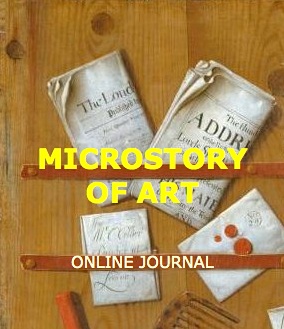
***
ARCHIVE AND FURTHER PROJECTS

1) PRINT


***
2) E-PRODUCTIONS


........................................................

........................................................

........................................................
FORTHCOMING:

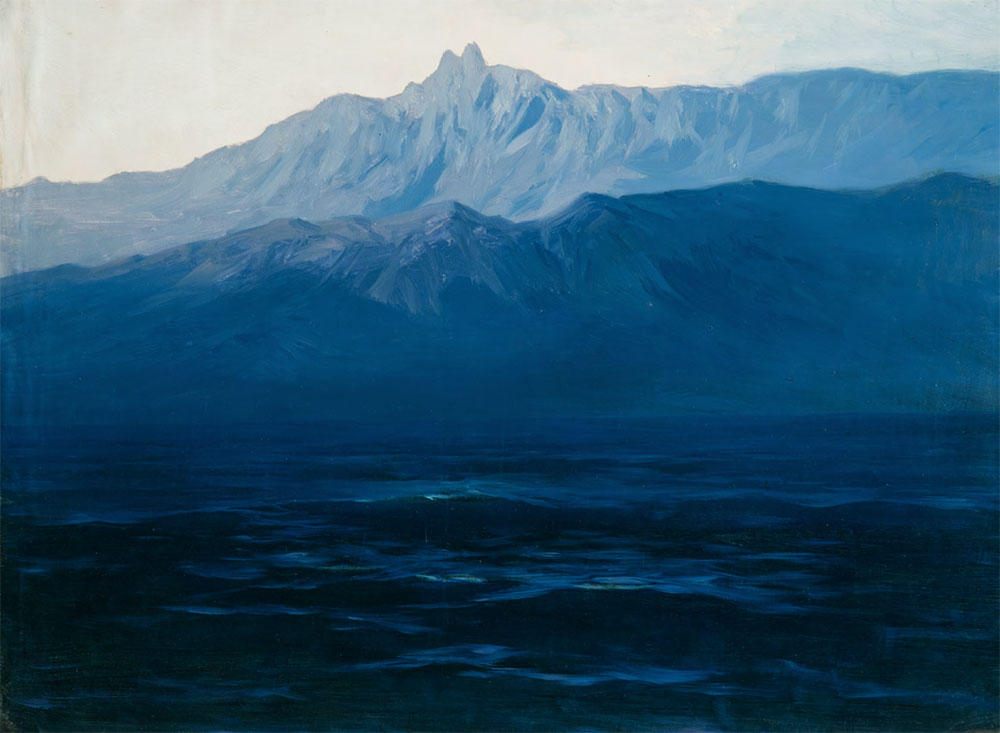
***
3) VARIA

........................................................

........................................................
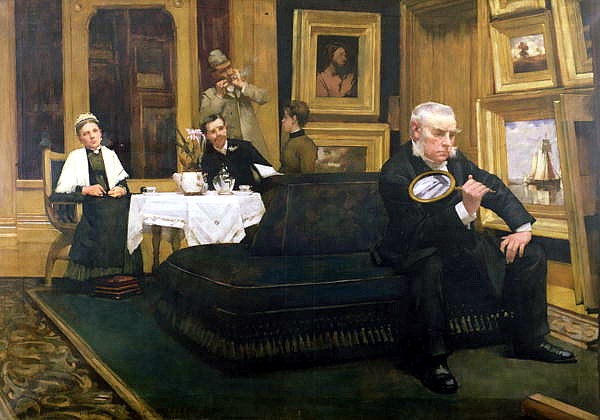
........................................................

........................................................

........................................................
***
THE GIOVANNI MORELLI MONOGRAPH

- The Giovanni Morelli Monograph
........................................................
MICROSTORY OF ART
ONLINE JOURNAL FOR ART, CONNOISSEURSHIP AND CULTURAL JOURNALISM
HOME
MICROSTORY OF ART
MICROSTORY OF ART 
ONLINE JOURNAL FOR ART, CONNOISSEURSHIP AND CULTURAL JOURNALISM

Dedicated to Picasso Tourism
https://www.edwardquinn.com/photos/highlights/?photo_id=17288
(Picture: Edward Quinn; edwardquinn.com; please add it into your basket there)
(1.-9.12.2022) Writer Yevgeny Yevtushenko, who visited Pablo Picasso in 1963 in the South of France, claims, in his brief account dedicated to that visit, to have seen illustrations to Dostoevsy by Picasso (Yevtushenko, p. 256). And it even seems that Picasso toasted on the spirit of Nastasya Filippovna (see the novel The Idiot), who, in one scene of that novel, throws a large amount of money into the fire. Be it as it may. But we do not have illustrations to Dostoevsky by Picasso. Did this visit take place at all? It did. A photograph might serve as a proof. But Picasso did not provide illustrations to Russian writers, even if he provided a drawing of Tolstoy (after another picture) to a book (and perhaps Picasso tourism might even be comparable to Tolstoy tourism).
The episode, however, might prove the inspirational value of Picasso tourism, the sum of all the visitors and visits to Picsso as well as the writing in the wake of such visits, and also the creative writing during, let’s say, the 1950s and 1960s, when the artist enjoyed, but also endured, a fabulous, colossal fame. One might even say that Picasso not only owned a villa, but an estate, no, an actual state, with his own foreign policy, economic relations to other ›estates‹, with his own (rather hidden) bureaucracy, gatekeepers, public-relations-machine and so own. He even did have his own currency – his art – since he knew, and also seems to have told Yevtushenko, that his signature, even under a bad drawing was worth »at least 10 000 dollars«. Thus we are inclined to study the glory (but also the misery) of Picasso tourism, an undertaking that might teach us also a lot about how Picasso was seen, perceived, and how he saw and perceived others, because one of the reasons that Picasso might have allowed that amount of tourism that he also had to endure, perhaps it was even the main reason, was, that he could see, observe and study people. From all nations, continents, spaces of the earth. And they brought also gifts (of which he may have liked the Black coral – see Coral, Black – best).

Looking at You (picture: Argentina)

(Picture: Sergei Michailowitsch Prokudin-Gorski)
[preliminary note: since this is also meant to be an entry to my (imaginary) Dictionnaire amoureux villa La Californie I am focussing here mainly on visitors and visits to Picasso’s villa at Cannes]
Selected Literature:
Hélène Parmelin, Bei Picasso, Berlin 1962 [1959]; Voyage en Picasso, Paris 1980;
Lothar Lang (ed.), Das Genie lässt bitten. Erinnerungen an Picasso, Lipsia 1987;
Jewgeni Jewtuschenko, Der Wolfspass. Abenteuer eines Dichterlebens, Munich 2002 [1998];
[John Richardson], Sir John Richardson im Gespräch mit Cornelius Tittel, in: Blau. Ein Kunstmagazin, No. 8, February 2016, p. 50-54;
Elizabeth Cowling, Visiting Picasso. The Notebooks and Letters of Roland Penrose, London 2006;
Simone Signoret, Ungeteilte Erinnerungen, Munich 1979 [1976];
Georges Tabaraud, Mes années Picasso, Paris 2002;
Jean Cocteau, Le passé défini [V]. Journal 1956-1957, Paris 2006;
Markus Müller (ed.), Pablo Picasso und Jacqueline. Vorletzte Gedanken, Bielefeld 2005 [exhibition catalogue]
Begging for Bananas:
There is a photo of Pablo and Jacqueline Picasso, dated around 1970, with the two of them behind a gate, but sticking their hands out as if begging for bananas. Which means: as if being zoo animals, constantly being stared at, but, with a certain sense of humour, also having accepted to be stared at, and, occasionally, showing inclined – here for a photographer’s lens – to stare back. A review of Picasso tourism has to begin with this one picture (reproduced in Markus Müller (ed.), p. 81), to set the tone (the source of the picture does not seem to be available or known).
Caravan, the:
At some point all Picasso biographers have to face the task: to deal with the caravan of people wanting to see Picasso. You may start with enlisting the visitors, or with enlisting the friends. In Hélène Parmelin (p. 71f.), an important inside source – she starts with the visitors –, the enlisting of friends turns into enlisting some more visitors again. And not without logic, since many visitors were brought by actual friends (of friends). Endless visitors meant also: endless lists of gifts, brought by the visitors, and some biographers just sort out the most pictoresque ones (Richardson mentions a boomerang; but also toilet paper with images of banknotes printed on it – which Picasso seems to have much liked).
Colosseum, the:
A panettone is, as Picasso explained to Brassaï, in 1960, an Italian bread with raisins (below a fresh one). About two years ago, he went on to explain, one had eaten a piece of it, to forget it then. It was now hollowed, due to the mice living in villa La Californie, that is, living on it, eating a sort of labyrinthine structure into the panettone, which now, two years later, had turned to be as hard as stone. Still Picasso, who found it as beautiful as the rock of Les Baux, had, as he told Brassaï, decided to keep it and not to throw it away (Lothar Lang (ed.), p. 116). – It was John Richardson, then an eye witness, later one of Picasso’s biographers, who thought that this particular panettone looked like a model of the colosseum (Sir John Richardson, p. 51).

(Picture: Axel Brocke)

(Picture: Hic et nunc)

(Picture: Nicola from Fiumicino (Rome))
Coral, Black:
One of the most remarkable presents Picasso ever got from his visitors was perhaps a piece of Black coral. This had been given to him by Simone Cousteau, the wife of Jacques-Yves Cousteau. A tradition that seems to go back to Jacqueline has it that Picasso kept this piece of Black coral in his hand when he died.
(Picture: Phyrexian)
Effect (Picasso Syndrome):
Some visitors to Picasso experienced something comparable, perhaps, to the Stendhal-syndrome: a certain fatigue, due to too many, and also conflicting visual stimulations at once. The effect is beautifully described by Brassaï (p. 108f.), who said that he was, although an old acquaintance of Picasso, ›helpless as a fish on dry land‹. Brassaï had seen much, but said also that he never had been as ›brutally been assaulted‹ as in villa La Californie at Cannes.
Gatekeeping/Letting Down the Drawridge:
At times, as also Brassaï reported (p. 106f.), it was remarkably easy to meet Picasso, who had – figuratively speaking – let down the drawbridge (by ordering that the gate was not even locked), but also a whole sociology of gatekeepers did exist. And while often contemporaries tended to see Jacqueline as the one who was guilty of not letting visitors in, of preventing important visits, it seems that it was rather Picasso – with his moods – played with the whole gatekeeping system (according to his moods).

Hugo, Victor:
Did Pablo Picasso enjoy a fame beyond measure, or did he actually have a measure – to measure his own fame? Answer: Picasso compared his own fame to that of writer Victor Hugo (see Cocteau, p. 558; 20.5.1957). Which means that there was a measure: the fame Vicor Hugo once had enjoyed, a fame that, perhaps, has sunken into oblivion for us, since we, again, might have other measures, although, especially in France perhaps, the standing of Vicor Hugo might be still very solid, as a cultural hero.
Meeting Picasso (as a TV game show prize):
Two Swedish girls were sent away, Richardson does report (p. 51), although they had won the first prize in a Swedish TV-show named something like ›We make your dreams come true‹. But since, obviously, Picasso did not agree to be the first prize in a TV-show, the two girls were sent away. Nothing is known as to the destiny of that TV-show after the event, but one should not assume, due to that example that Picasso could not be wholeheartedly generous. He was, at times, for example, when sending a drawing to a boy who had sent a letter, reporting that the Christmas present for Maman had, somehow, been messed up, asking Picasso for help. Which he did obviously offer on that occasion.
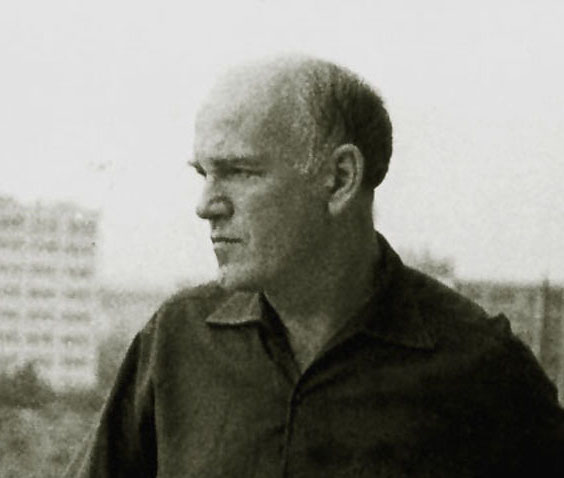
Musicians:
Pablo Picasso, as is interesting to know, was not a very musical person. And while painting, he did actually not listen to music either. An offer by another visitor, pianist Sviatoslav Richter in 1964 (see Tabaraud, p. 198-203; Parmelin, Voyage, p. 65f.) – to play for him, whatever he wanted – Picasso turned down (›surtout pas!‹), and this to the chagrin of Jacqueline, who did like to listen to classical music, and would have liked very much to listen to that sensitive titan of the piano playing (Richter, on that occasion, did also confess, by the way, that he did paint a little for himself).
Politicians:
Notable is the visit former US-president Harry Truman paid to Picasso in 1958 (as OPP has it; see also Tabaraud, p. 203-207), because the two men did dislike each other so intensely. On the one hand the man who had decided the two atom bombs to be dropped on Japan, on the other hand the painter of, for example, an allegory of War and Peace, who was actively supporting the peace movement (which was supported, as Cold War scholars have it, in secrecy by the Soviet Union, at least to a large degree). Notable is also that Truman called Picasso, expressing obviously his dislike, a ›communist caricaturist‹, after having met him.
Secret Visitors (secret negociations):
Late Picasso-biographer John Richardson made much of the fact that Picasso seems to have welcomed emissaries of the Franco-regime in 1956. I’ll come back to that in my book, but it has to be said here, that it seems far from being established that Picasso was destined to make any concessions to Franco, since everything can also be interpreted as Picasso playing with (as well as observing) emissaries of the Franco-regime.
Security:
In 1955 Picasso agreed with communist politician Laurent Casanova (as Roland Penrose transmitted) that his, Picasso’s conversations on the phone, were probably wiretapped and being recorded. Penrose also transmitted that Picasso had been told by a Préfet how to prevent it from working (Cowling, p. 135).
Signoret, Simone:
Actress Simone Signoret, who had a very good eye, was the one to transmit that Pablo Picasso was able to imitate his visitors very well (Signoret, p. 133), the ›grandes dames‹ as well as the ›comrades‹: »He was funny and cruel, not malicious, cruel, but just.«
Staying At Home (always):
It was Jacqueline who, charmingly, once told a photographer who had asked when was the best time to come by for a visit: ›we’re always at home‹. Which was not the full truth, but Picasso, indeed, travelled little in later years, staying much at home (while it was Jacqueline’s role, among other things, to care for the artistic materials, canvases and the like, which she purchased at Cannes).
Throwing People Out:
After Picasso had made clear that he never wanted to see his friend again, Jacqueline walked him out: this happened to Douglas Cooper in the late sixties, after Cooper had tried to convice Picasso that he should adopt and thus legalize the two children he had with Françoise Gilot, to make them legal heirs. Walking out means here that Cooper had to walk down a long stair. And it seems that on every step he broke down, cried, and begged Jacqueline to let him in again. But she told him that he had done something really stupid, and that it was over (Sir John Richardson, p. 53f.).
MICROSTORY OF ART
ONLINE JOURNAL FOR ART, CONNOISSEURSHIP AND CULTURAL JOURNALISM
HOME
© DS
